Musings
Airplanes and Animals
Airplanes and Animals
I have always had an interest in airplanes. Someday I hope to have the time and money to commit to earning a private license. I enjoy flying commercially and make sure I have a window seat every time. I have gotten fairly skilled at identifying most common commercial aircraft, e.g. CRJ, 737, MD80, 757, 747, and etc ... My office window overlooks Monterey Peninsula Airport -- literally just 50 yards from the taxiway. I hear the whirs of engines all day and find myself craning out the window to see what plane is about to land. My current job location has helped to foster my small, but significant, interest in aircraft.
Then Mike and I started dating. Mike is a pilot. He lives, eats, and breathes airplanes. Not a day goes by without his face lighting up and sharing with me some story, experience, or anecdote regarding flying. Through his stories and descriptions I've come to learn how to recognize many other types of planes in service. From Pipers to Raptors, I am beginning to keep them straight ... in my own little way.
Admittedly, an airplane is an airplane, in principle. But each aircraft, with minor nuances and tweaks, becomes unique. Mike has taught me how to identify an aircraft based on 3 basic characteristics (and sometimes a few others): tail, wing, and nose. He will tell me,
"You can tell its a Hawker because of the mid-tail." or "See the squatty windshield that wraps around? That's indicative of a Lear." or "Notice all the panes in that windscreen? That's a Falcon.", just to name a few.
I by no means claim to know all the models and their series. I'm only beginning to sort out the ones Mike mentions. He notes the three basic features to identify a plane. Well, I've adapted a technique that seems to be working for me. I like to call it "animalification" (i.e., likening an aircraft shape to an animal, similar to personification).
Let's begin with the FedEx Caravan that flies into Monterey like clockwork at 08:00 each weekday. Have you ever seen a pregnant fish? Their bellies bulge significantly and they look clumsy and unnatural, a far cry from their typical sleek and seemingly effortless life in the water. This high wing aircraft has short squatty landing gear and the bottom of the fuselage *just* clears the ground -- uncomfortable and strained just like a pregnant fish. Many other high wing planes, such as the C5 Galaxy and the Avro, resemble a pregnant fish.
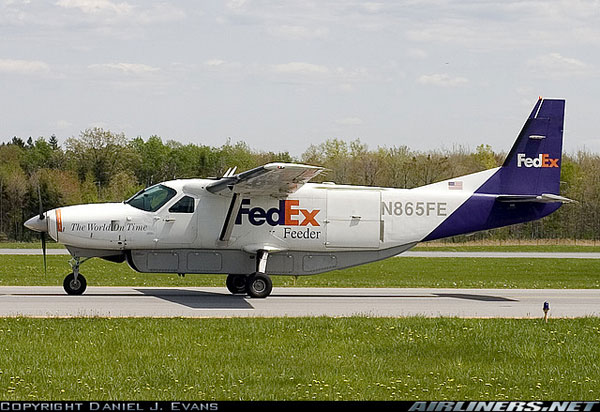
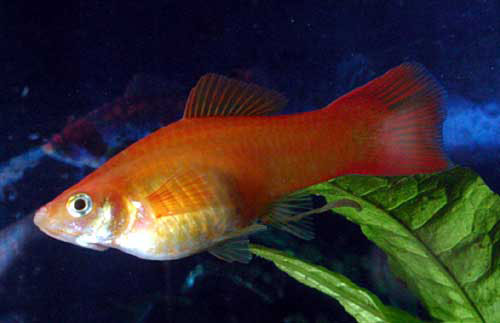
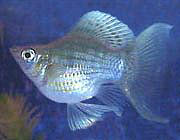
Next up, the Pilatus and TBM. These two planes remind me of a dog. The nose is long and flat and at the end, on either side, are the engine exhuasts, or, to me, "whiskers."
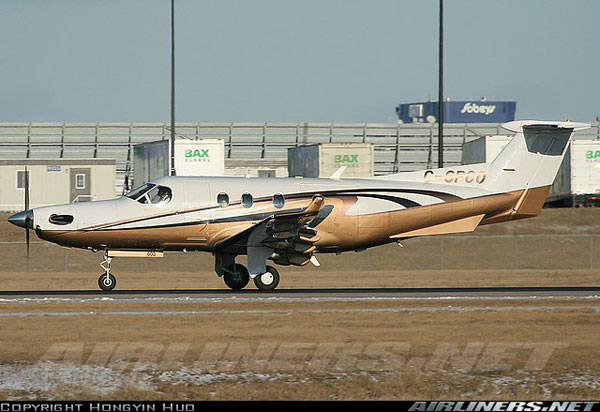

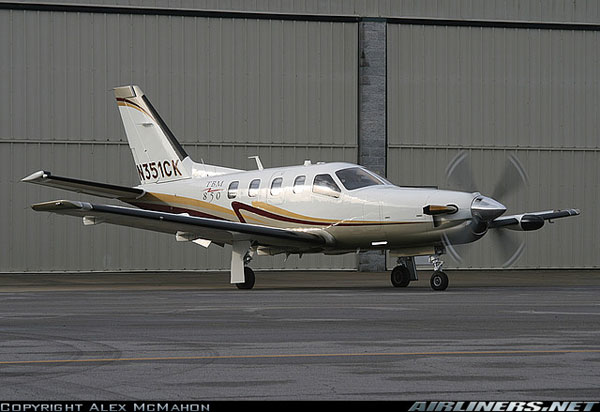
Now let's move onto the Embraer EMB-120 Brasilia. This plane just screams orca! The T-tail is just like Shamu's, the nose is narrow and pointed and its a low wing aircraft. Not to mention they're about the same size.
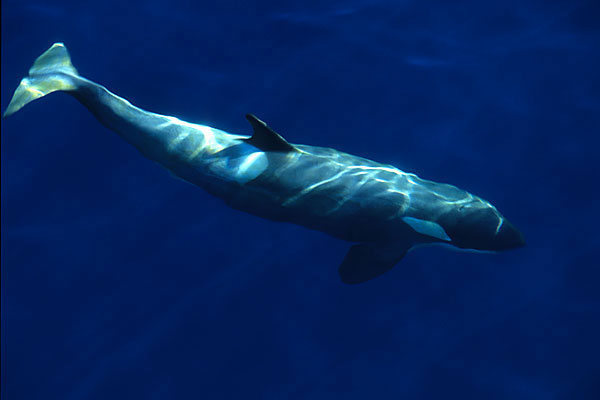
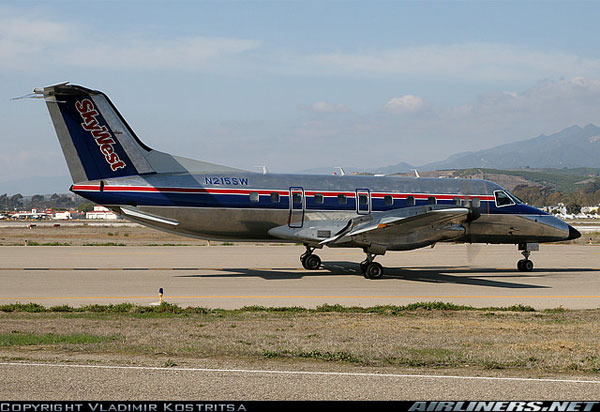
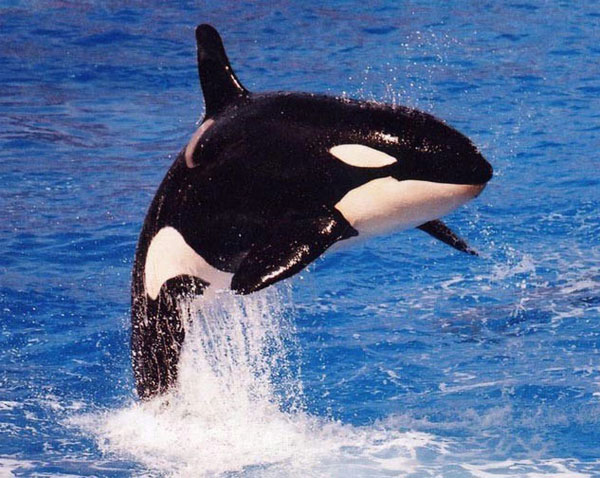
Though not truely an animal, per se, a certain breed of jet looks just like Mickey Mouse when viewed directly from the front. Both ERJ's and CRJ's (and many other jets of this design), when viewed directly down the nose, have great big ears (engines) emerging from their face (head-on view of the fuselage appears to be a circle with no depth).
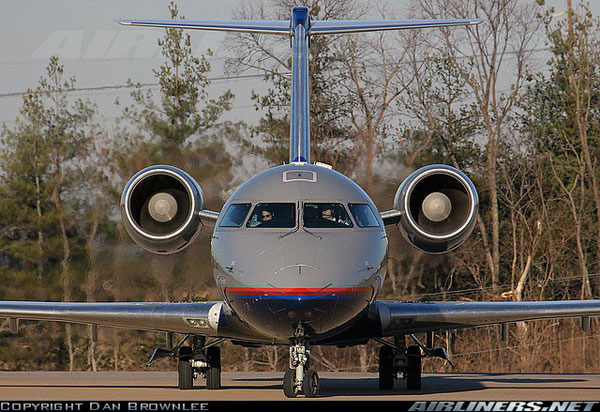
And finally, there is my favorite, the Piaggio. We have decided we will name our first cat together 'Piaggio'. The characteristic hum of their engines reminds me of the contented purr of a cat. And the canard right near the pointed nose looks just like whiskers. Mike thinks the front view of the airplane looks more like a catfish.
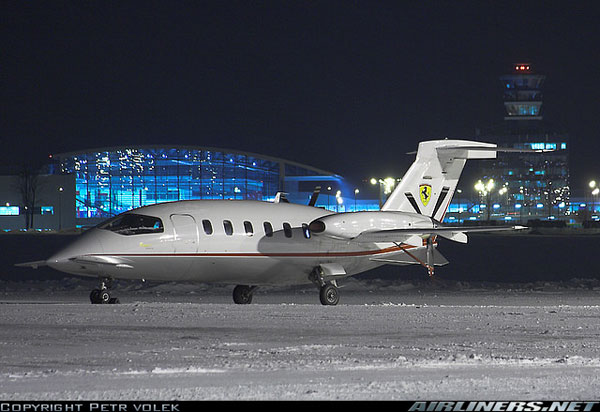
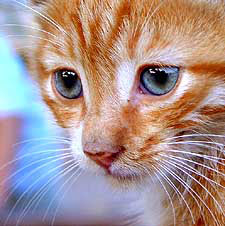
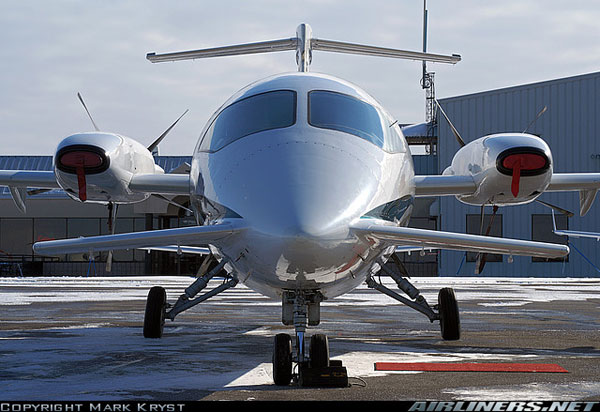
In no uncertain terms, my "science" of plane identification is not exact and leaves a lot of room for second opinion and fun imagination. As more and more planes become familiar and grow on me, I am sure they will be coupled with some sort of animal. Perhaps you will come up with some creative likenesses of your own!
